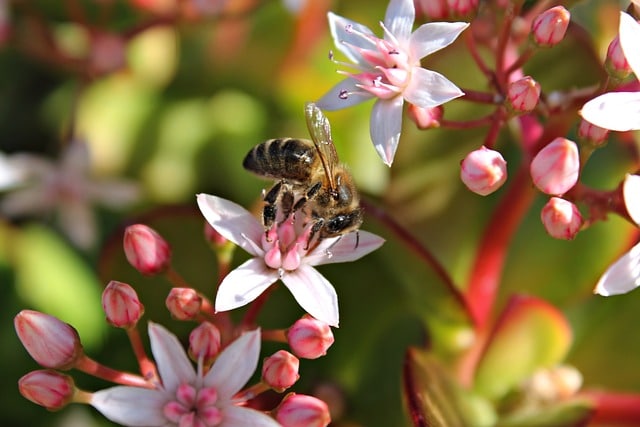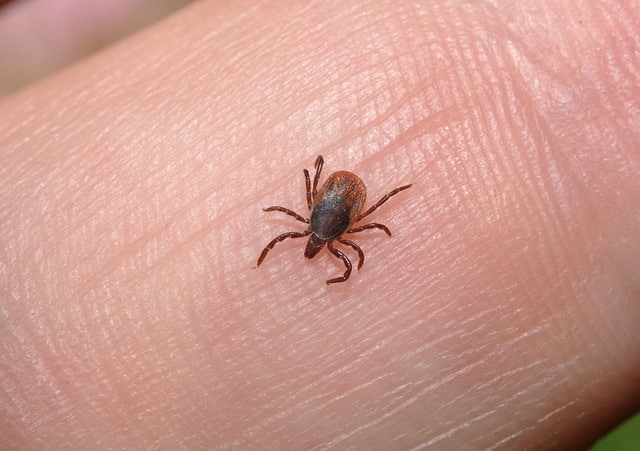
Symbiosis is an interactive biological relationship.
Symbiosis is a concept that comes from Greek and can be translated as "means of subsistence" . For biology , it is an associative link developed by specimens of different species . The term is mainly used when the organisms involved (known as symbionts) obtain a benefit from that common existence.
Specifically, we can establish more specifically that the etymological origin of the term in question is in the Greek word symbiosis , which is made up of the union of the prefix sin -, which means "jointly"; from the word bios which can be translated as "life"; and from the suffix – osis which is equivalent to “impulse”.
The expert Anton de Bary , originally from Germany , is identified as the person responsible for coining this concept in the 1870s , in reference to the close bond between organisms of different species.
What is symbiosis
Symbiosis, therefore, is a type of interactive biological relationship maintained by dissimilar beings and that usually produces a beneficial result for at least one of the participants.
We can distinguish between several types of symbiosis. According to the spatial link of organisms, it is possible to speak of endosymbiosis (when the symbiont is inside the host 's cells or in the space between them) or ectosymbiosis (the symbiont resides on the host's body).

Parasitism is a type of symbiosis.
Different degrees of integration
Symbiosis can develop with different degrees of integration. To the smallest degree, symbionts live side by side and both benefit from each other's presence. The most intense degree of integration, on the other hand, assumes that the interaction results in a new individual through genetic transfer.
However, there are other equally important classifications of symbiosis. Thus, for example, we find one that establishes that this biological interaction can be typified based on the harms and benefits that the participants obtain in it. This would lead to us talking about three types of symbiosis:
Mutualism . In this case, the two species clearly benefit from the relationship established between them, which means that they see their biological fitness improve. As an exchange of resources , as a relationship of service and natural resource type or as a service-service duality, the aforementioned mutualism can be.
Commensalism . Under this term there is an interaction between two living beings in which one benefits the other without the latter being harmed at any time. An example is that of vultures that feed on the remains of prey that are hunted by felines such as panthers or tigers.
Parasitism . This type of symbiosis is characterized because one of the species in the relationship is harmed and the other benefits. A clear example of this is what occurs between the parasites that live in the human body and the human being himself.
Symbiosis in everyday language
In everyday language, the notion of symbiosis is used to name the mimicry of two people. Symbiosis arises from a strong emotional or spiritual closeness.
For example: "The symbiosis between Marta and Amelia is amazing: they even speak in the same way," "I don't understand the symbiosis between the two of you."
